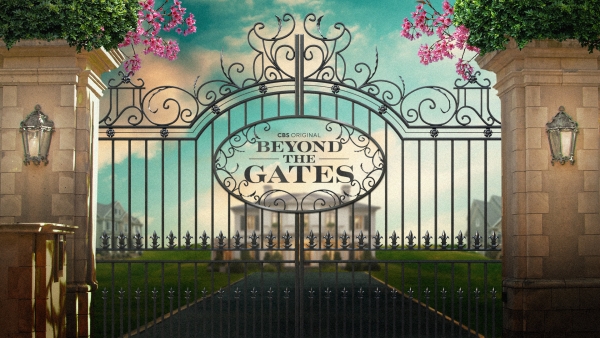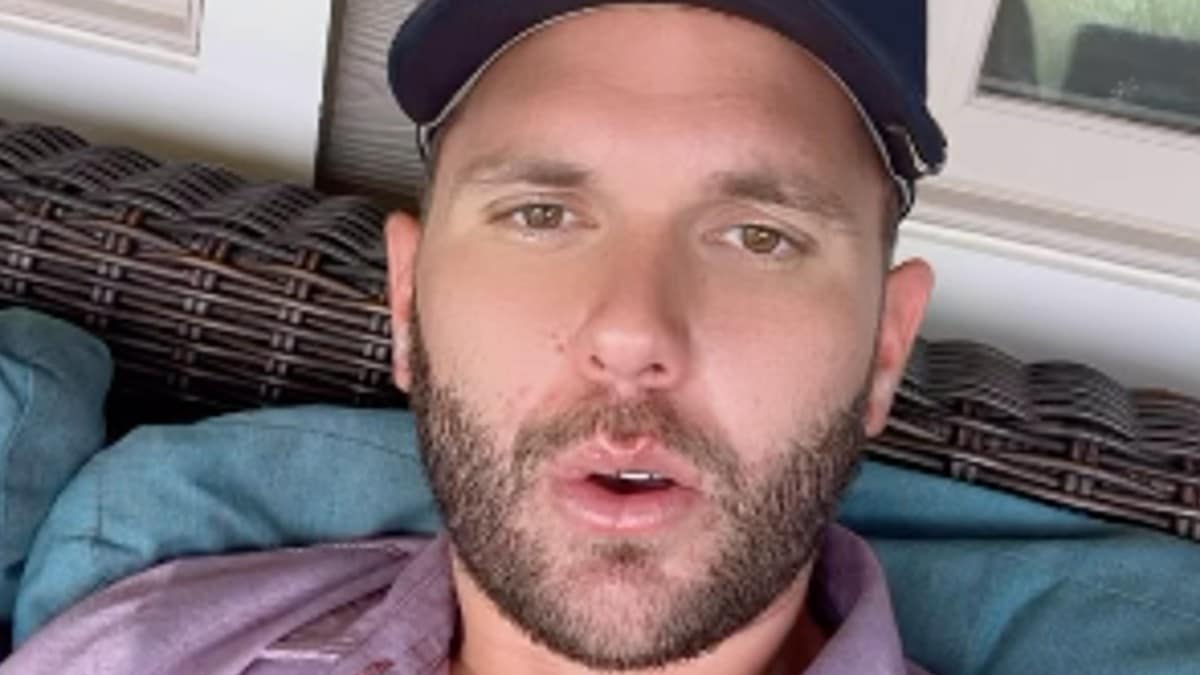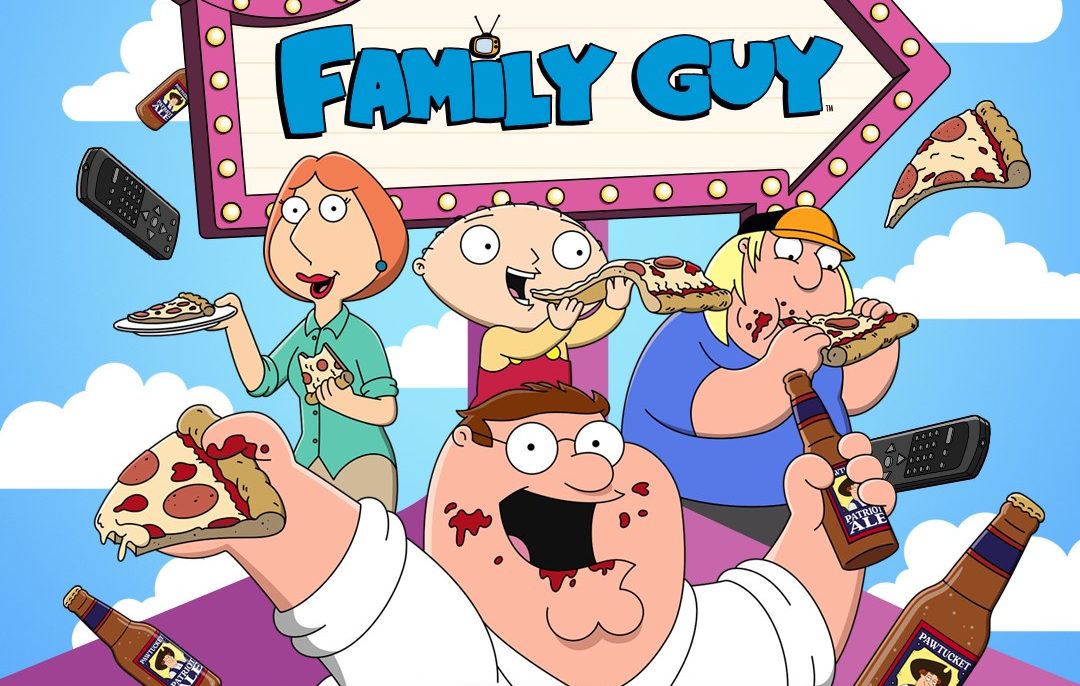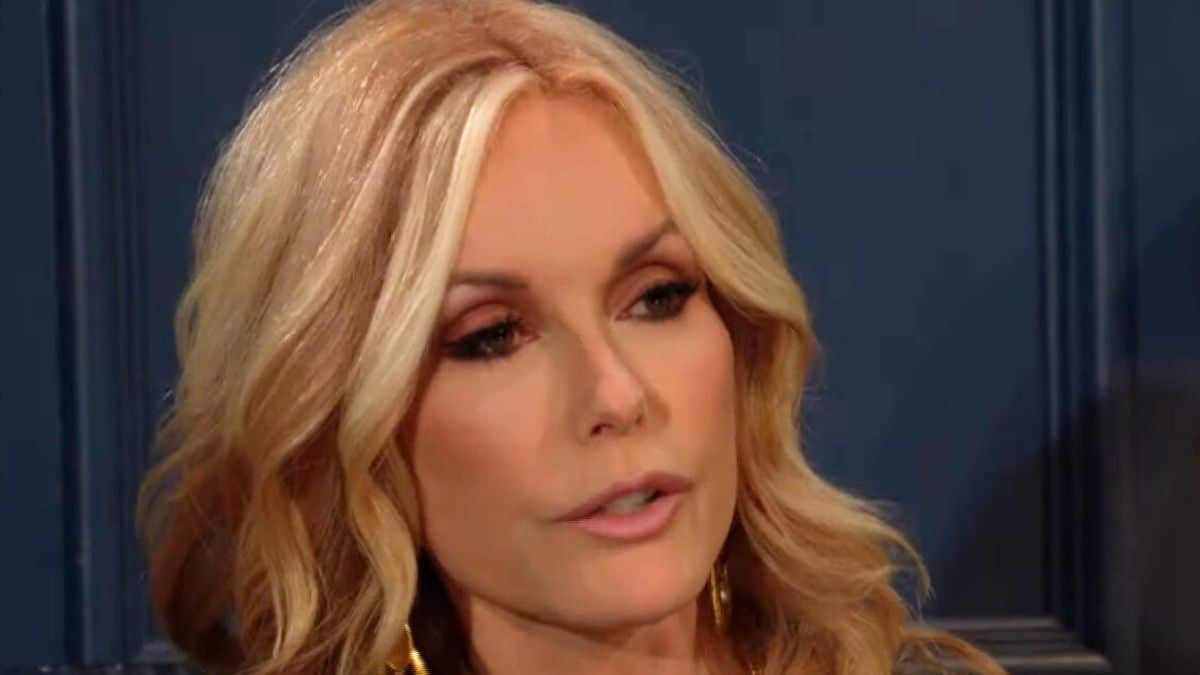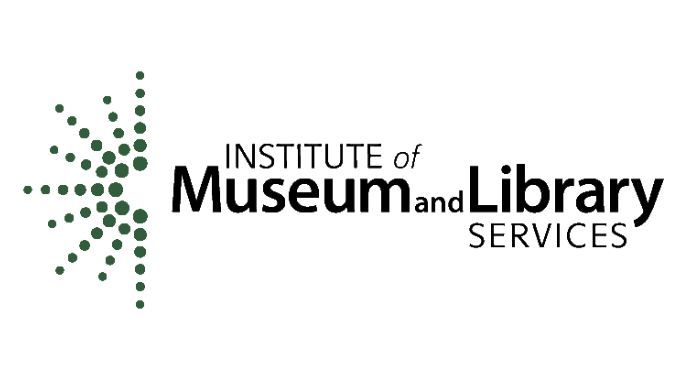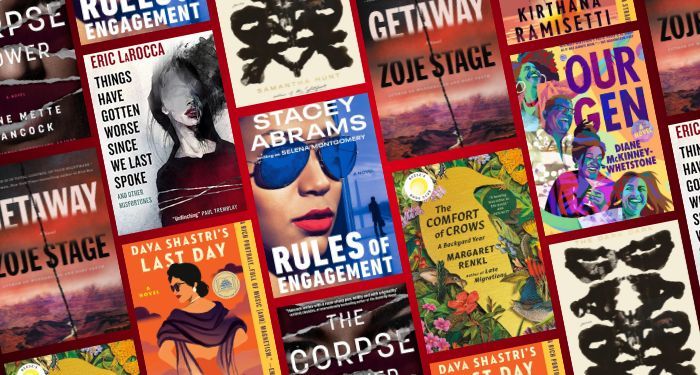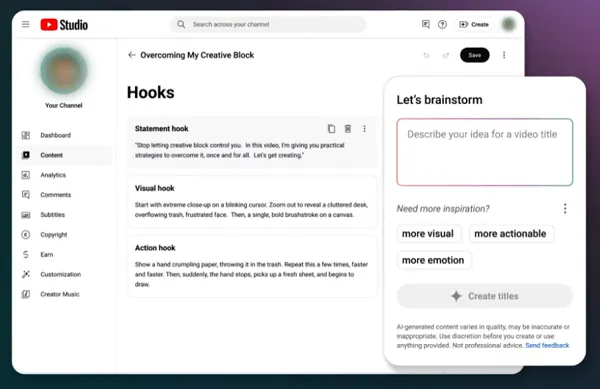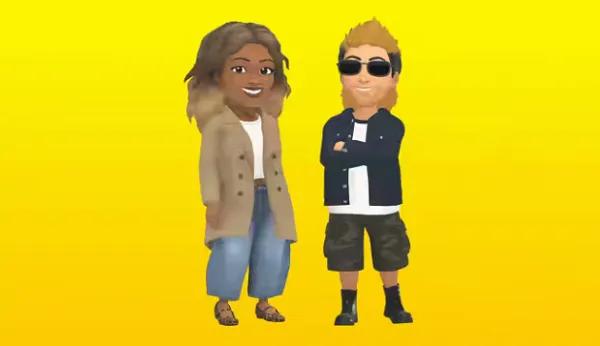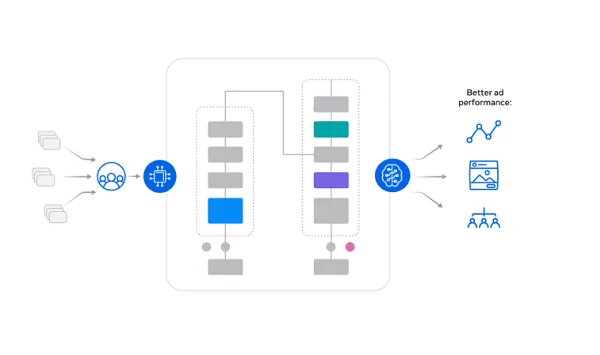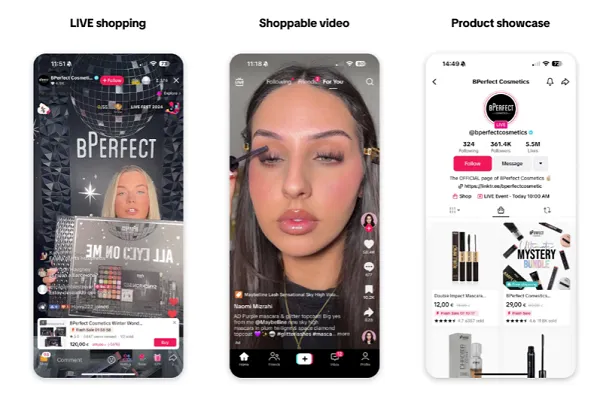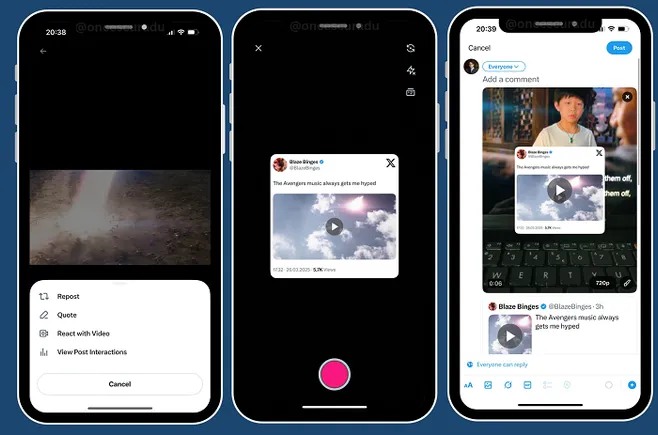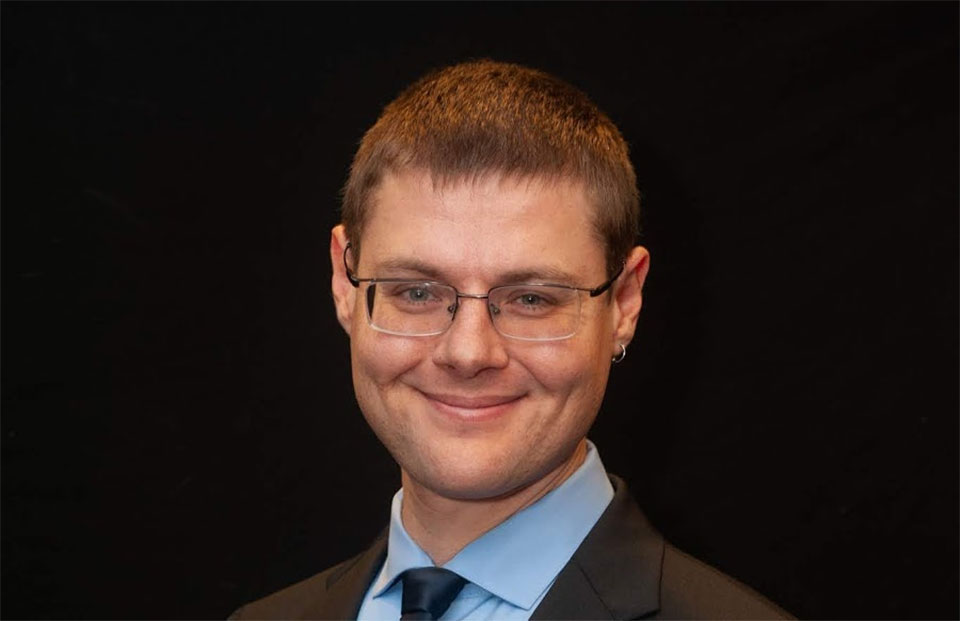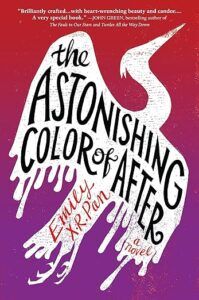A few years ago, Leigh Burgess was a highly successful executive supporting her family with a prestigious job. But as she found herself working longer and longer hours, something felt distinctly out of balance. And then Covid hit.
Struggling with her health and feeling burned out, Burgess made some dramatic changes in her life. Today, she is founder and CEO of Bold Industries Group, a coaching and events company that fits more seamlessly with her passions and interests. She grew it into a seven-figure operation within the first year. Most important, she feels in control of her life.
Burgess has just released her first book, Be BOLD Today, which lays out the elements of her approach to business—and life—and she will share them at our next Women in Leadership online discussion on December 12, “Making Work-Life Balance a Reality” (join us!).
Burgess, who doesn’t like the term work-life balance, focuses on work-life alignment instead. “Balance is very short-lived,” she tells us in a conversation ahead of the event. “Alignment can stick a little longer.”
You prefer to talk about work-life alignment rather than work-life balance. Why?
I haven’t used the term “balance” for a very long time. And the reason I use alignment is for me, that was the thing that I ignored, and it led to burnout. I was misaligned with my values. So it isn’t like balancing the schedule and balancing what I’m doing at work and what I’m doing at home. Balance is very short-lived. Alignment can stick a little longer.
How did you know you were out of alignment?
I was working 17-hour days. There wasn’t much left of me. It was the middle of 2020—just a bad place for the entire world. And I was in healthcare, and [Covid] exacerbated everything. Everything that was not good got worse, and everything that was good—you really knew it. A lot of divorces happened then, too. I’m thankful it was my job, not my relationship.
For almost 25 years, I was in corporate and healthcare specifically. I was at Duke, I was a chief research operations officer there, started as a project manager, worked my way up to chief over the 10 years I was there. And really a great place for me to be. I’m very innovative. I’m an agitator, meaning I’m going to ask the question, I’m going to push a little bit and I’m going to want us to go to the next level. And that probably was the entrepreneur that I didn’t know.
Then I had the opportunity to come to Dartmouth and be across the system for research operations. That’s probably where I started feeling burned out, but didn’t know it. We didn’t talk about it in 2017 like we did in 2020.
What was the low point?
After four years, in the middle of 2020, I got to a place of the lowest level of health—every level of health—mental health, emotional, spiritual, physical. I gained 67 pounds. The low point was when I came out of a meeting, and I didn’t realize it, but obviously I was very stressed in the meeting because when I looked in the mirror, the blood vessel in my eye had burst.
So I felt like it was literally staring me in the face that I did not have a choice but to leave, because I don’t have high blood pressure, but that’s how much intensity and stress I was holding in, being professional, doing all the things I needed to do. No job is worth that. I didn’t want to go to whatever the next level that was, which could be aneurysm or something like that. That was the day I decided.
It just got to that point where I had to choose me, which being the breadwinner of the family, I hate that term, but I was, and I think it was just feeling very selfish, but my family encouraged me to do it. So I never really said bold a lot, but I would say to my team, we’re going to take a big swing of bold, meaning we’re going to do something.
The company you ultimately created is called Bold Industries Group. Why the play on “bold”?
We’re not always so sure of the results. If it works, that’s great. If it doesn’t work, we learned and we have a plan. Stepping forward into something unknown or that you have a fear about, or that’s uncertain whether it’s going to work out, that’s what bold is to me.
How were you bold?
I quit my job without a plan in the middle of 2020. I had a very short runway with some savings and some retirement that we had planned to use for this. It was a very thoughtful process. There are five myths of being bold that I talk about in my book. One of them is it’s too late to be bold. Bold isn’t always big and loud. My boldest moments are actually really, really quiet ones. They’re between my ears, about believing in myself and valuing myself. Another myth of bold is that it is sleepwalking and being very careless. It was very pragmatic. I knew something was off.
My health was so out of alignment that I took time after leaving, even though I had a very short runway to get better, to heal myself, to get outside, to see the sunshine, to just be still, which I hadn’t been for a really long time. So that was the health getting in alignment with what I needed to do next, because I knew I couldn’t just jump back into another role or start a business if I didn’t pay attention to my health and what I needed to do mentally, physically, emotionally, all of those things. Because when you experience burnout, just because you leave the job doesn’t mean it won’t come back. And it doesn’t mean you won’t repeat some of the habits that got you there. So I had to break that down myself.
You resigned from Dartmouth…
I gave notice. And again, this is really interesting because when I resigned, at the same time, I filed the papers for the state. I knew I was going to do this. Friday was my last day, and on the Monday I got the incorporation papers. So I actually had my own company starting the first day.
So you create this company and you said you weren’t sure exactly what it was going to be at first, but what were your ideas?
We just asked, what do you find joy in? Because I was really good at my job, but wasn’t finding joy despite being really good at it. It felt wrong. How can you not be happy? The level of the role, how much I got paid and all that didn’t equal joy, happiness. So for me it was just like, okay, well, I like to design things. I love interior design. I love creating spaces that are warm and cozy and earthy. I like to grill. I like music a lot. It’s a big part of my life. All kinds of music. I still like to consult, but I like to move fast and be agile. So we created four different business names and had fun with logos and all that.
Today you work in four areas—consulting, coaching and curated events like the Bold Retreat and Bold Table. What was driving your choices?
I knew I wanted to work with the right people where maybe there’s less red tape, less bureaucracy, less politics. People who just want to get stuff done. Because I think that’s what was wearing me out.
I had an Excel spreadsheet of 15 people I knew, and I started talking about what I was doing. None of them became my customer or a client. What they did is said, well, have you talked to X, did you know about X, let me connect you with X. They started my sales funnel of who would be my first client. And I had a runway until the end of May of ’21. If I didn’t have anything by then, I needed to find another job. And so that’s kind of how it all started. I got my first client at the end of April. It was a five-figure client.
My model is not hourly. I created a model that’s engagement-based. So you’re buying me for three months, my time, my team and a different way to do it. Again, that was a bold move because everybody’s about hourly and how many hours you work, but you can’t plan your life like that, especially when you’re starting off. Really my goal was just to make what I made, pay the mortgage and go to beach four times a year.
Be happy and aligned.
Right. And so then coaching came in, and then in year two I created—because when you have revenue in your tank, you can actually do some other things—the Bold Retreat, which was the place for women to come to. All they have to do is show up because a lot of the time when we have vacations it’s all on us. And so I wanted them just to show up. It’s an all-inclusive retreat which has half days of strategy and half days of wellness. And you choose your path of wellness, and if you want to go to the spa, great, we’ll take care of that for you.
We’ll set up all your appointments, you just show up. And then we have a lovely dinner each night. That’s kind of an elevated cozy space. Then I did the Bold Table, which was a networking event. I hate networking. I’m introverted in the sense of, I don’t power up in big groups, but I can certainly talk to big groups. I speak on huge stages, all of that, but I don’t really want to hang out with a lot of people who don’t really know me. So I wanted to create those moments. Two years later we’ve done 10 Bold Tables, which continue.
We’ve done six Bold Retreats, and each of those has a waiting list of over a thousand. Things have really created themselves. I never had those listed. I also have a membership, which is actually the community that I asked for. And then I started writing the book last July and it got selected by the publisher, and here we are.
Why a book?
I wrote the book to scale the message of possibility. So women know it’s possible. So they know that I started with an Excel spreadsheet and an idea and saying I wanted to go to the beach four times a year and be aligned with my values and spend time with my family. I think a lot of people can probably relate to that.
Are there some specific tips you can give women in particular? A hint of what’s in the book?
Absolutely. It starts with a belief audit. So that belief audit is really like, how am I talking to myself? What am I saying to myself? And then the other side of it is an easy T-chart. It’s just saying, is that actually true? Is that actually going to happen? And then reframe.
That last step is important. You know, we do the what if I lose my job? What if I don’t make enough money instead of, even if I don’t make enough money here, I can make it here.
Solve it.
Yes. Reframe the belief audit. I created the Bold Framework because I needed something to follow. So believe, own, learn, design, there are specific things you do in each one of those for your organization or as an individual—you can really apply it to both. That’s really what created the next step, the blueprint for me.















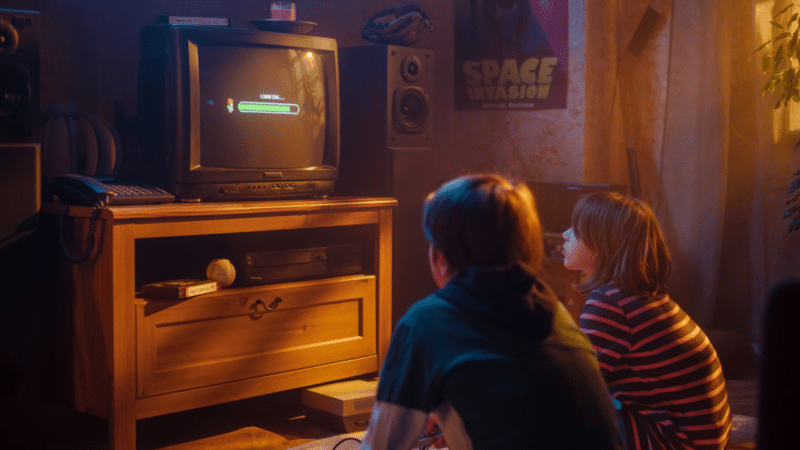




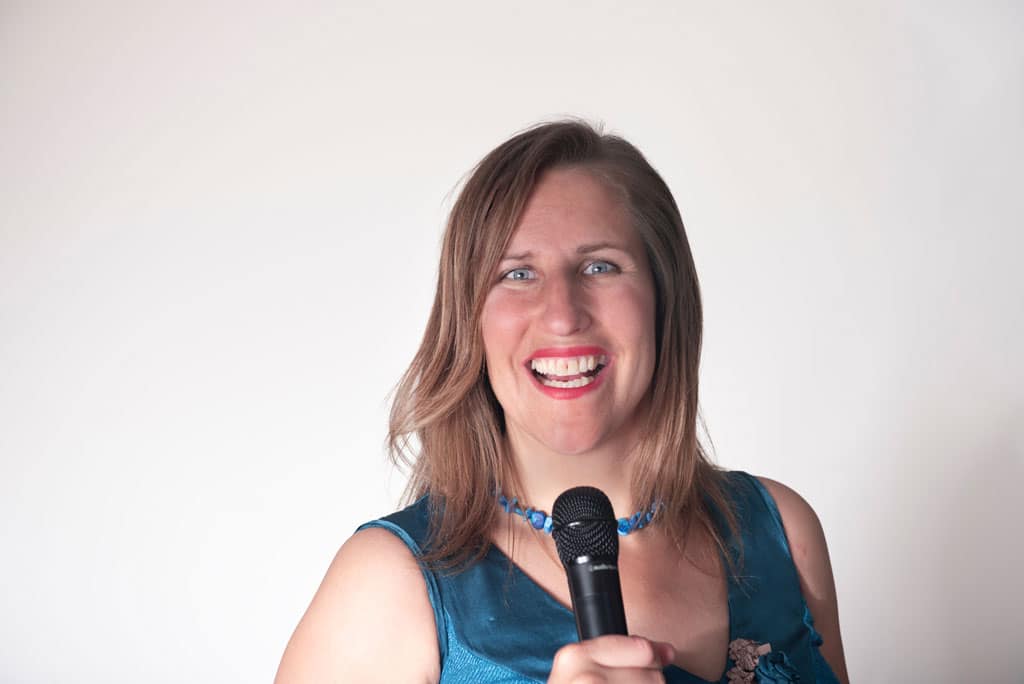

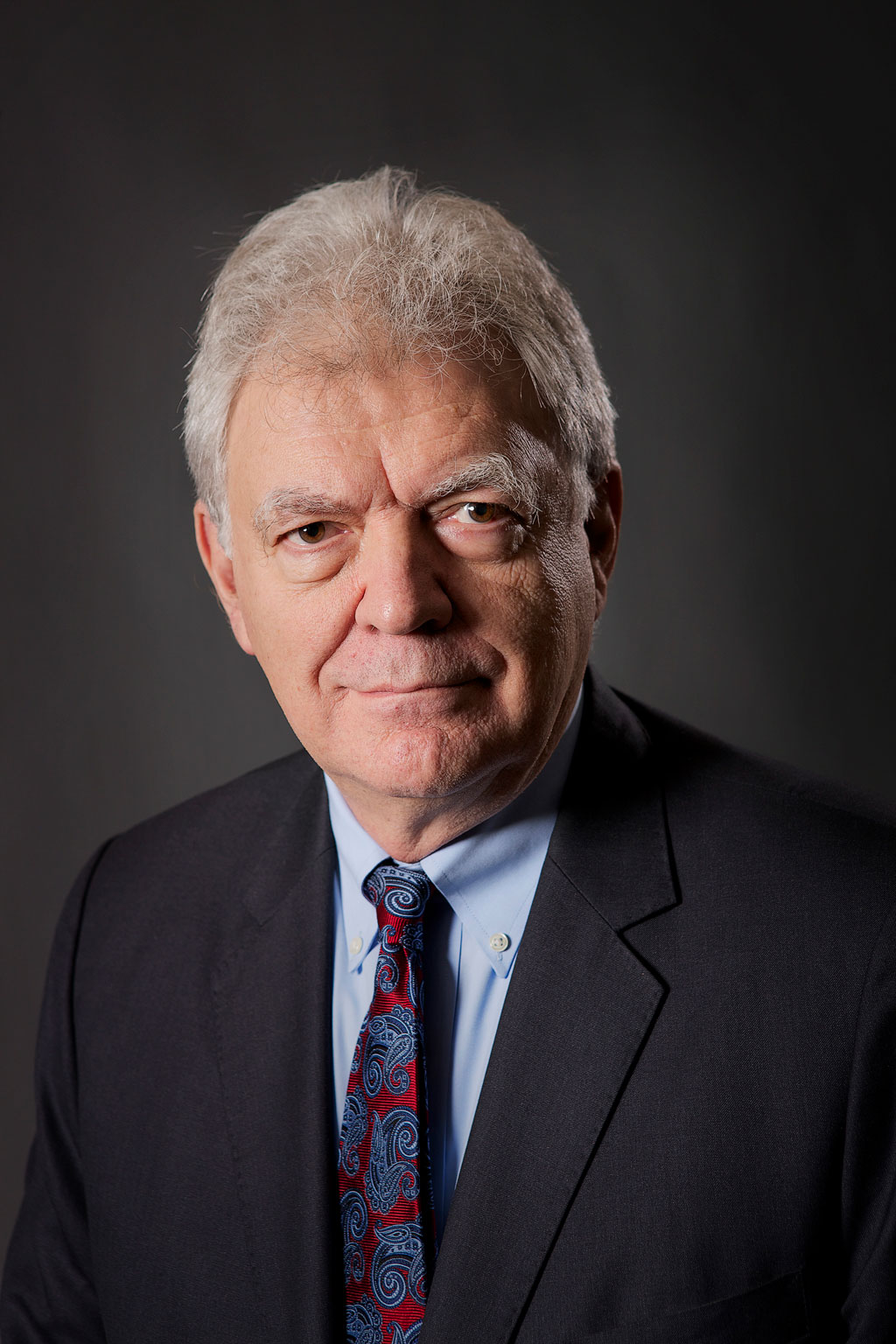

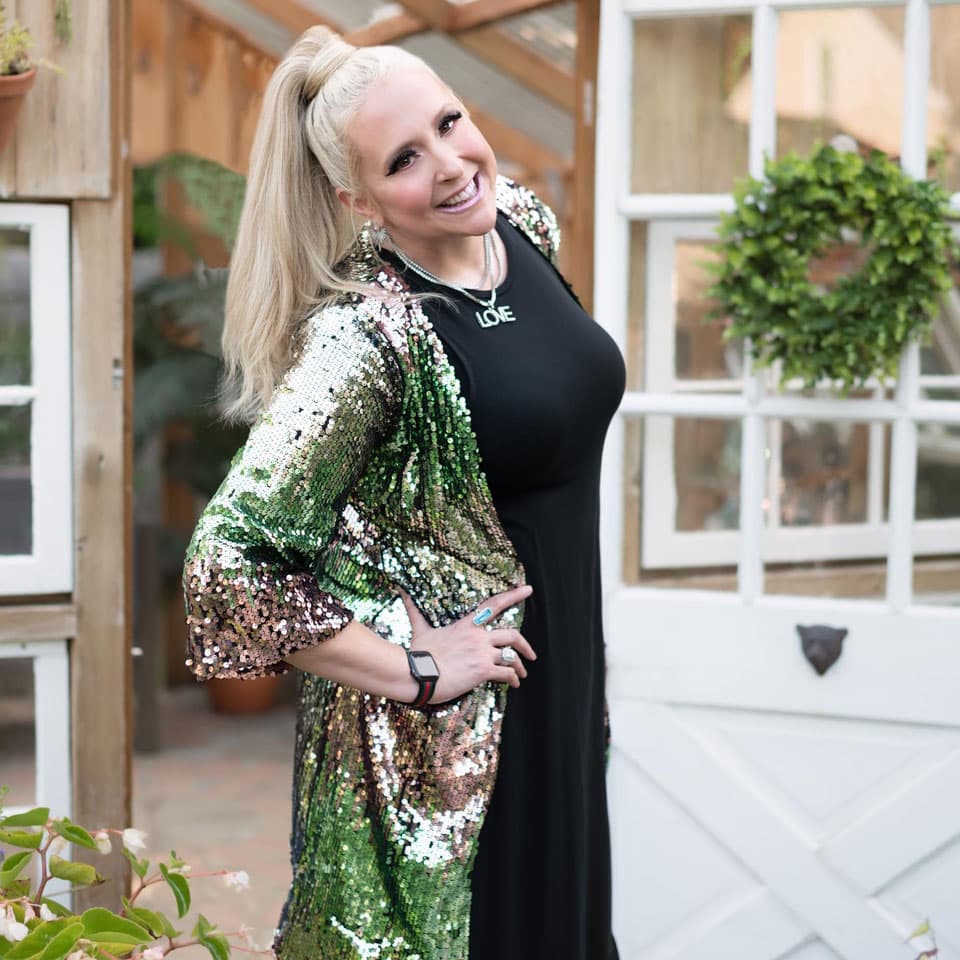
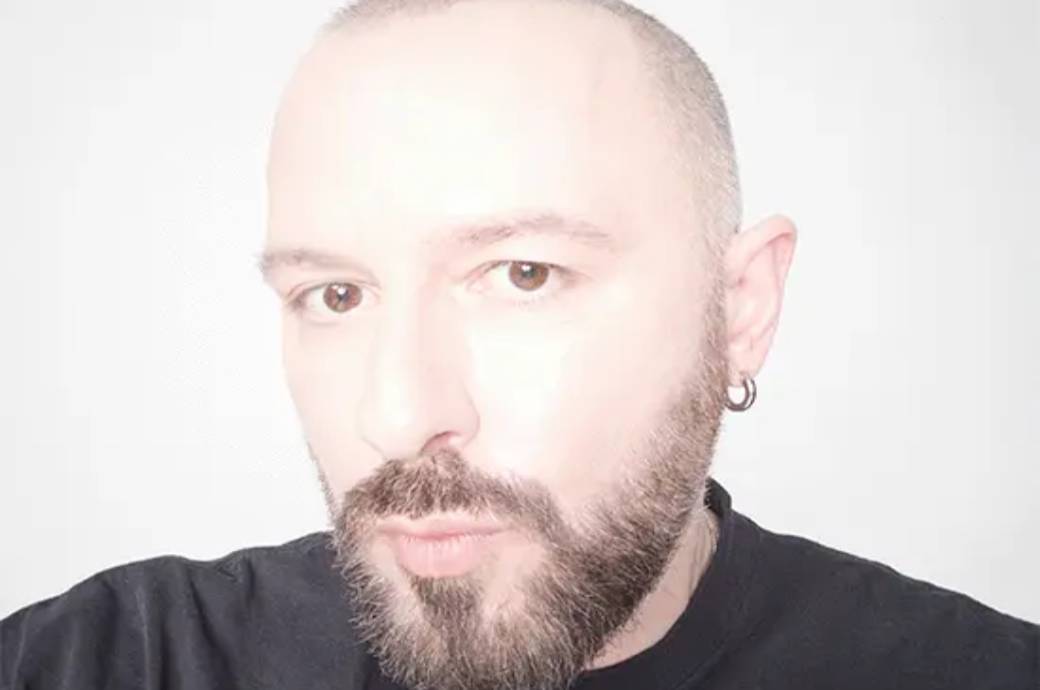
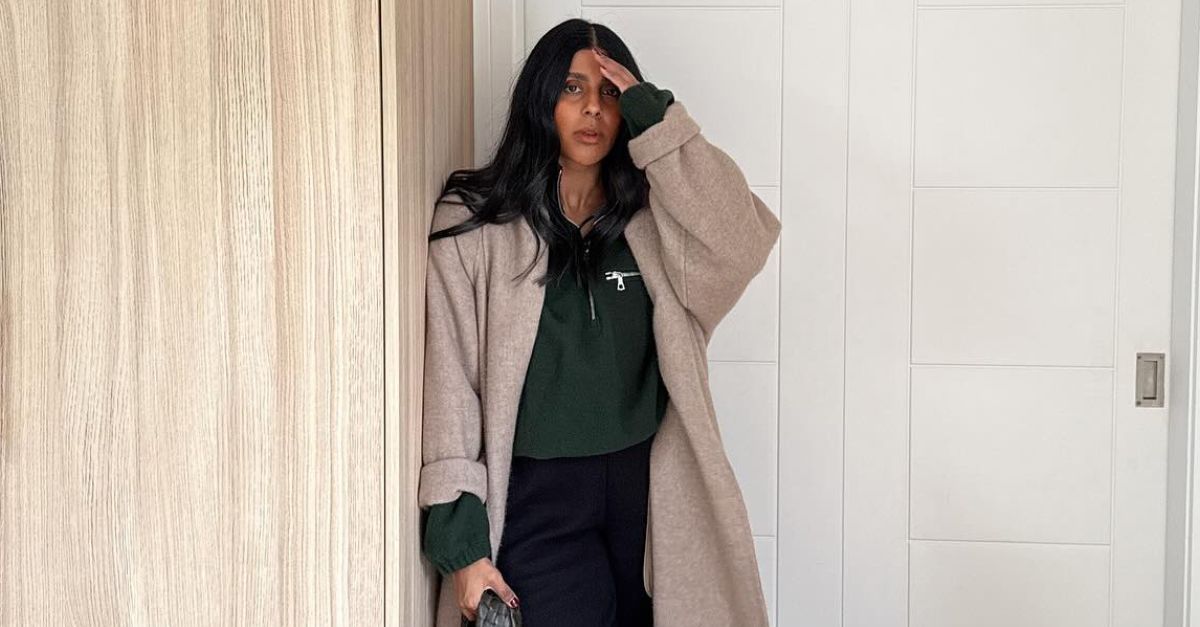
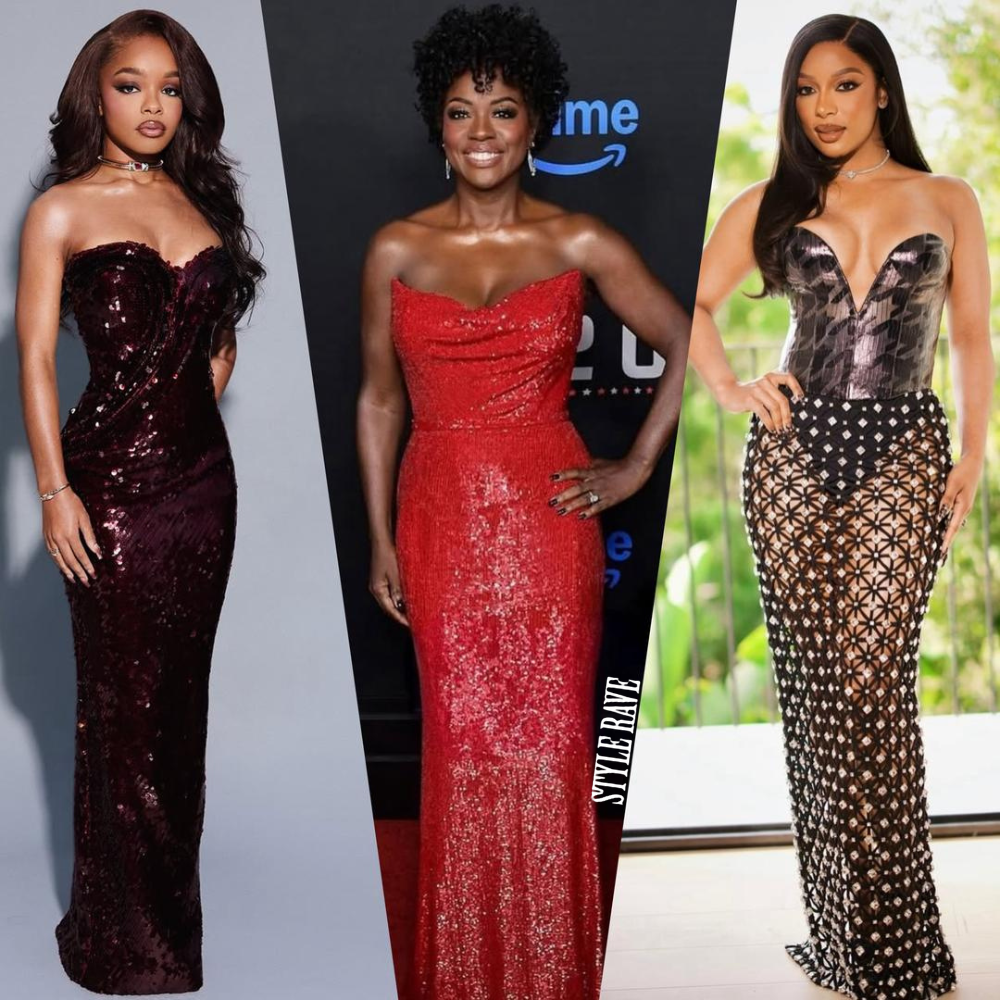
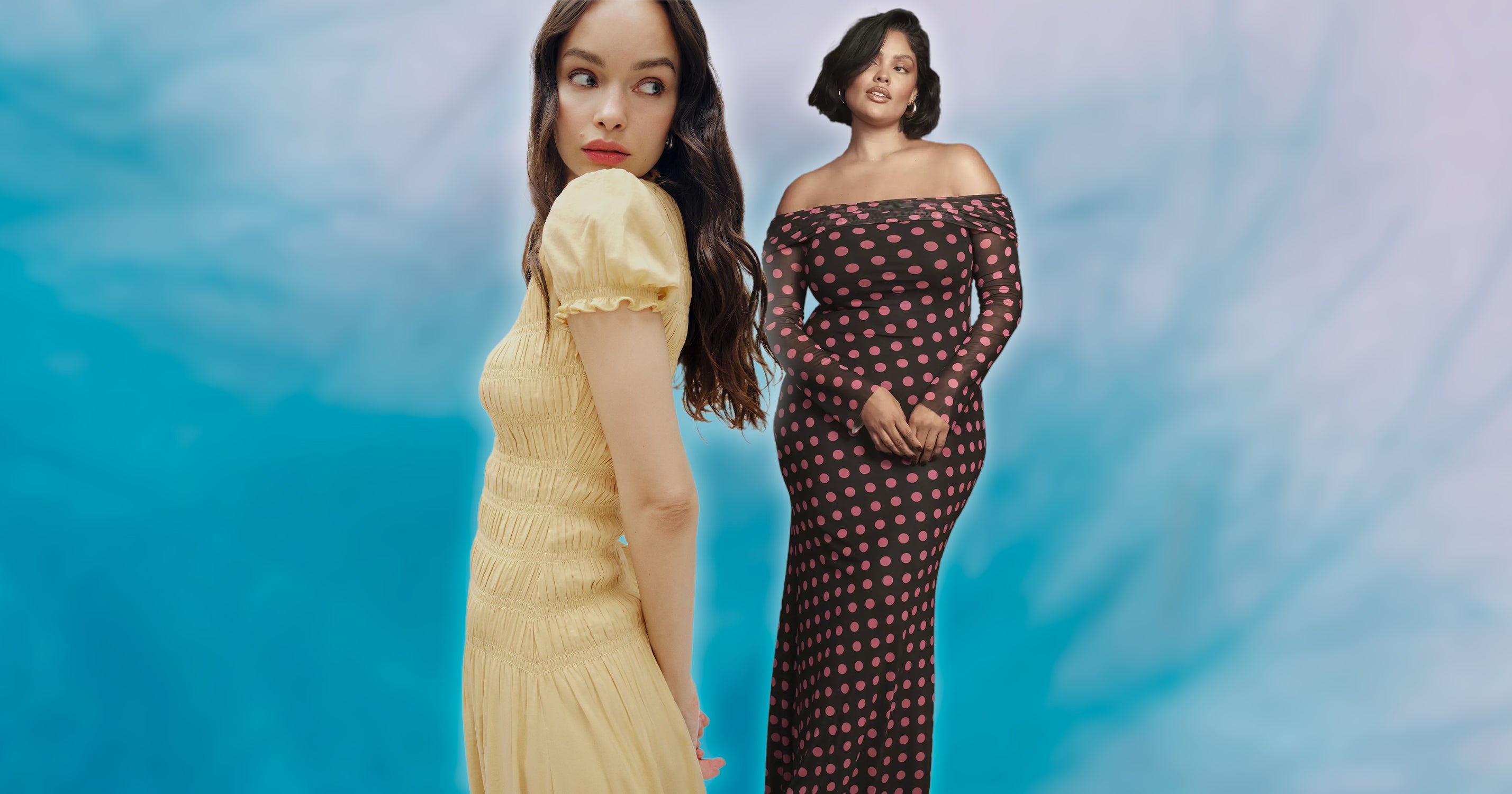
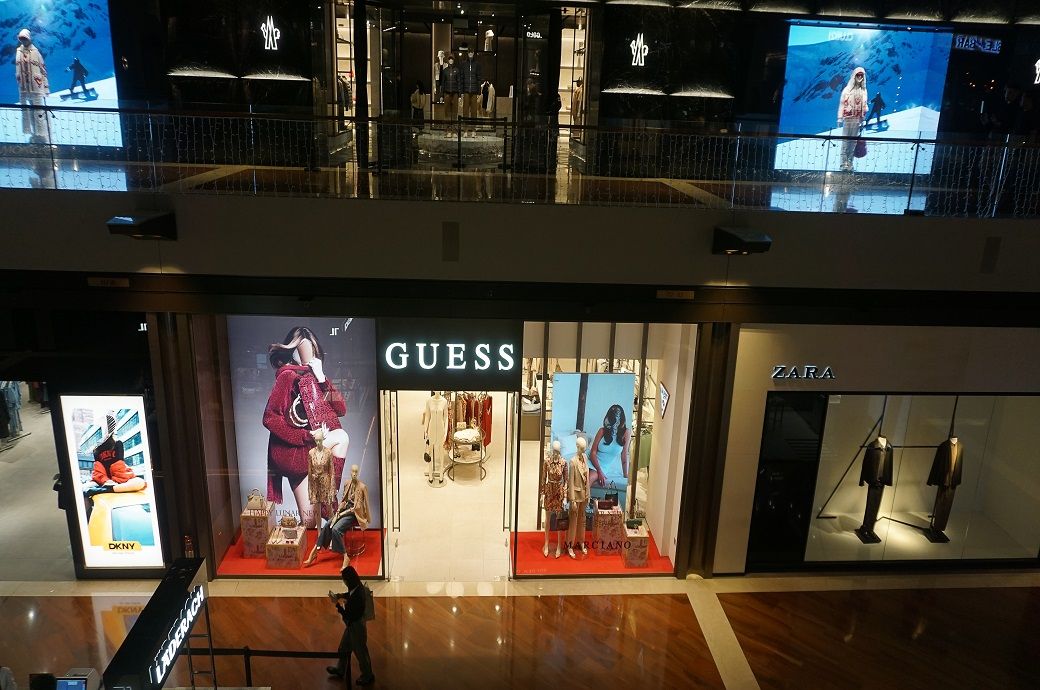
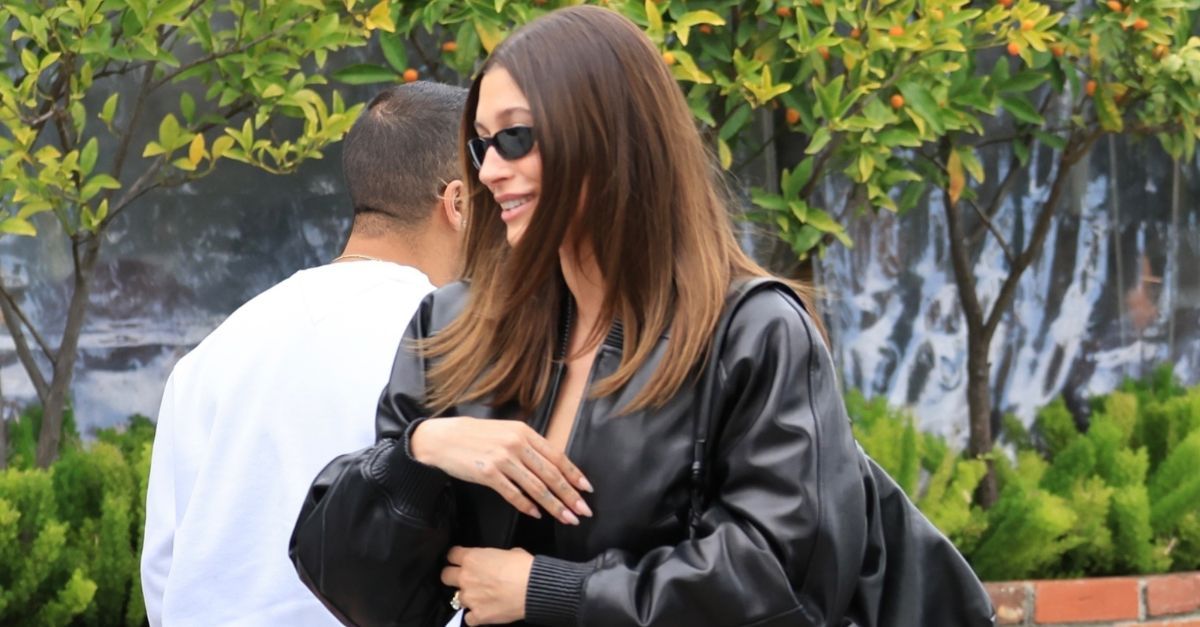






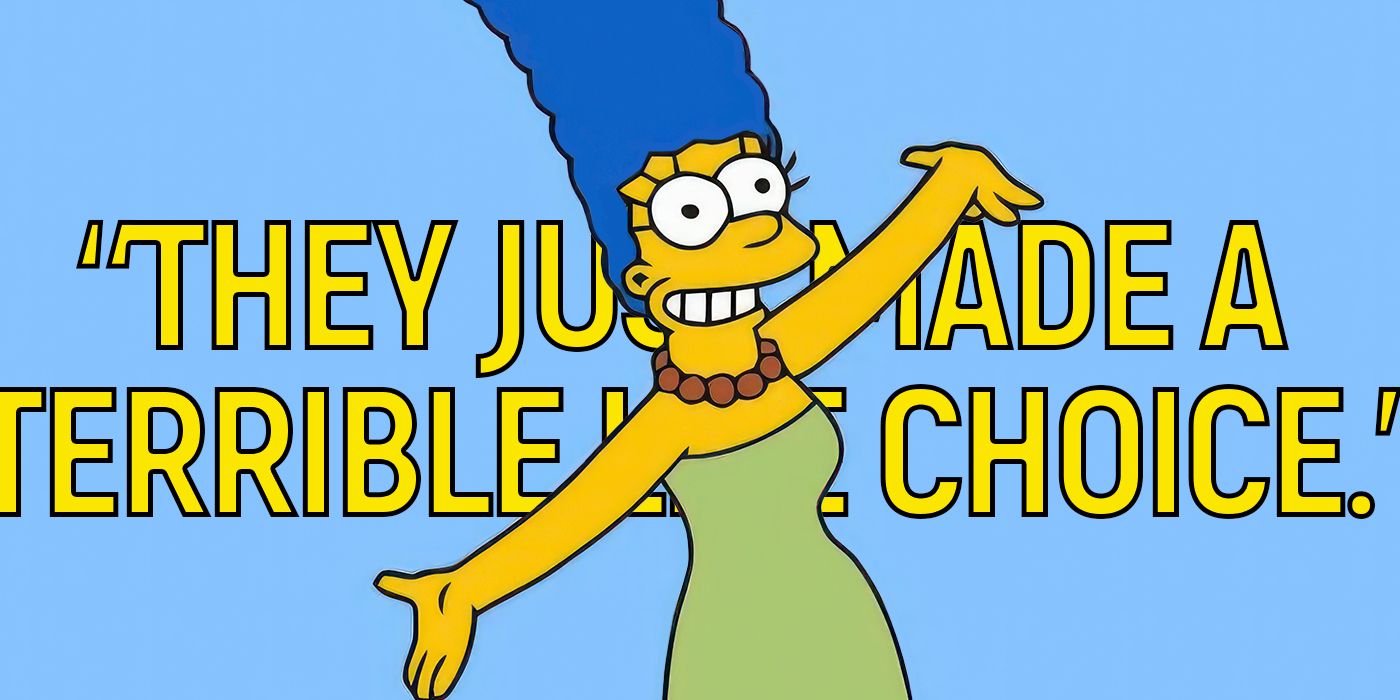


![Spider-Man Is Back in Black With the Green Goblin in New Funko Pop! Figures [Exclusive] Spider-Man Is Back in Black With the Green Goblin in New Funko Pop! Figures [Exclusive]](https://static1.colliderimages.com/wordpress/wp-content/uploads/2025/03/spider-man-the-animated-series-green-goblin.jpg)


